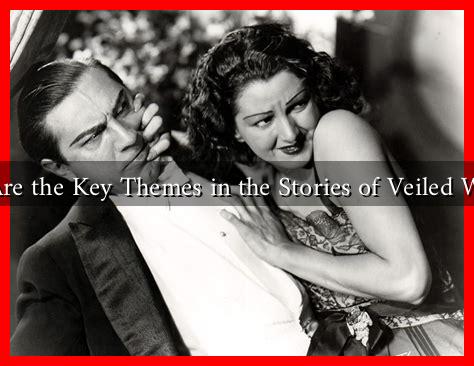-
Table of Contents
What Are the Key Themes in the Stories of Veiled Women?
The narratives surrounding veiled women are rich and multifaceted, often reflecting broader societal issues, cultural identities, and personal experiences. These stories, whether conveyed through literature, film, or personal testimonies, reveal key themes that resonate across different contexts. This article explores these themes, providing insights into the lives of veiled women and the societal perceptions that shape their experiences.
1. Identity and Self-Expression
One of the most prominent themes in the stories of veiled women is the exploration of identity. The veil can symbolize various aspects of a woman’s identity, including cultural heritage, religious beliefs, and personal autonomy. For many women, wearing a veil is a choice that reflects their commitment to their faith and cultural traditions.
- Personal Agency: Many veiled women assert that their choice to wear a veil is an expression of their autonomy. For instance, in her book “The Veil: Women Writers on Its History, Lore, and Politics,” editor Jennifer Heath compiles essays that highlight how women reclaim the narrative around the veil.
- Cultural Heritage: The veil often serves as a connection to cultural roots. In various communities, it is a symbol of pride and belonging, as seen in the stories of women from diverse backgrounds who embrace their veiling practices.
2. Feminism and Empowerment
The intersection of feminism and the experiences of veiled women is another critical theme. Contrary to the stereotype that veiled women are oppressed, many narratives highlight their empowerment and activism.
- Challenging Stereotypes: Veiled women often confront and challenge Western stereotypes that depict them as submissive. For example, Malala Yousafzai, who wears a hijab, has become a global symbol of female empowerment and education.
- Activism: Many veiled women engage in social and political activism, advocating for women’s rights and social justice. Organizations like the Muslim Women’s Network UK work to amplify the voices of veiled women in discussions about gender equality.
3. Intersectionality and Diversity
The stories of veiled women are not monolithic; they are shaped by various intersecting factors, including race, class, and geography. This theme of intersectionality highlights the diversity of experiences among veiled women.
- Global Perspectives: The experiences of veiled women differ significantly across regions. For instance, the challenges faced by women in Afghanistan may differ from those in France, where debates about secularism and the veil are prevalent.
- Racial and Ethnic Dimensions: The intersection of race and ethnicity plays a crucial role in how veiled women are perceived and treated. Studies show that Muslim women of color often face compounded discrimination, as highlighted in the report “Muslim Women: A Global Perspective” by the Institute for Social Policy and Understanding.
4. Resistance and Resilience
Many stories of veiled women emphasize themes of resistance and resilience in the face of societal pressures and discrimination. These narratives often showcase the strength and determination of women who navigate complex social landscapes.
- Resisting Oppression: Veiled women often resist societal norms that seek to dictate their choices. For example, the #FreeTheNipple movement has seen participation from women who challenge the sexualization of their bodies, including those who wear veils.
- Building Community: Many veiled women find strength in community, forming networks that provide support and solidarity. Initiatives like the “Muslim Women’s Collective” foster a sense of belonging and empowerment.
Conclusion
The stories of veiled women are rich with themes of identity, empowerment, intersectionality, and resilience. These narratives challenge stereotypes and highlight the diverse experiences of women who wear the veil. By understanding these key themes, we can foster a more nuanced perspective on the lives of veiled women, recognizing their agency and contributions to society. As we continue to engage with these stories, it is essential to listen to the voices of veiled women themselves, allowing them to define their narratives and experiences.
For further reading on the subject, consider exploring resources such as the Muslim Women’s Network UK and Jennifer Heath’s anthology, which provide deeper insights into the lives and stories of veiled women around the world.




